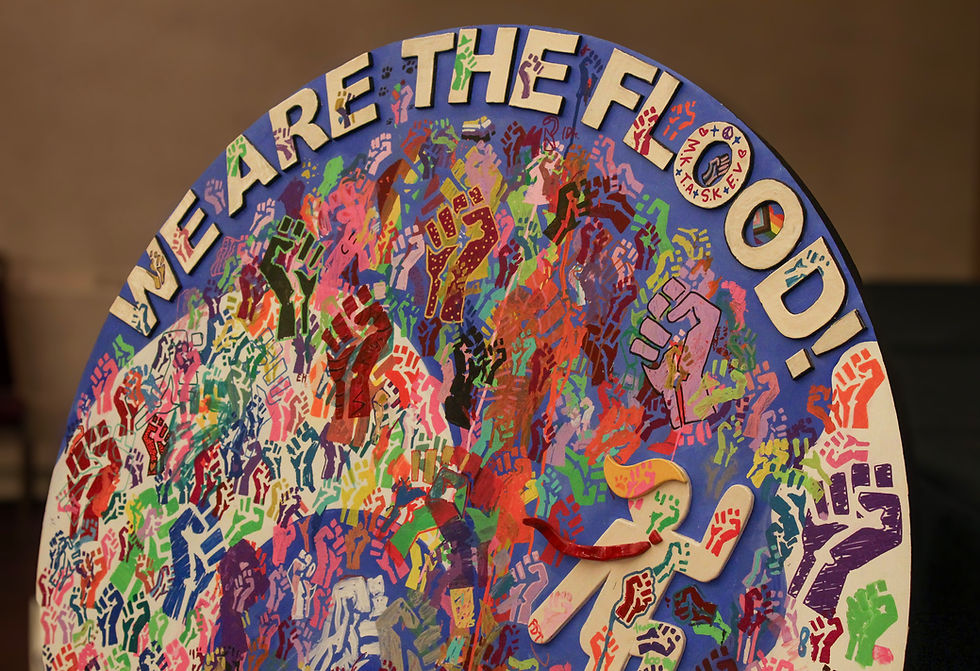Campus Safety ends student medical emergency rides to hospital
- Chrissy Ewald, Staff Writer
- Nov 2, 2023
- 3 min read

In a change to university policy, Willamette’s Campus Safety is no longer offering students experiencing medical emergencies a ride to the hospital. The change comes as students have had to go off campus for medical care while Bishop Wellness Center’s medical services are on pause due to staff turnover and the hiring process for new staff.
In previous years, Campus Safety offered hospital rides as a student service. Though Salem Health is close to campus, students without access to a car might struggle to get there in an emergency. According to Director of Bishop Wellness Center Don Thomson, in previous years Bishop relied on Campus Safety to transport students to the hospital, often to urgent care, the emergency room or for services like MRIs. Many students cannot afford an ambulance, and it can take several minutes for a ride-share or taxi to arrive. Now students will need to arrange alternate transportation.
Director of Campus Safety Andrew Fresh said the decision was made as part of a national trend among colleges and universities to limit liability in student services. “We are not equipped, as far as emergency equipment and life-saving equipment and measures, within our Campus Safety vehicle,” he said, “if there was to be a true crisis and emergency that arose while we’re trying to get them to the hospital.” Thomson said another factor is that there is only one Campus Safety officer on duty at a time, which stretches their coverage thin if they’re transporting a student to the hospital.
Campus Safety was not the only party involved in the decision: it was coordinated between university leadership, including the Division of Student Affairs and Bishop. Fresh said various parties at the university have been discussing the policy change since the beginning of 2023. However, the decision to end the rides policy was finalized at the beginning of this academic year.
Campus Safety still offers safety transports and non-emergency transport in the instance of something like a temporary injury on a case-by-case basis. They can also transport students back to campus from the hospital after they have been medically cleared. However, if a student has an emergency, they will need to get a ride, call an ambulance or hail a Lyft or taxi.
According to both Fresh and Thomson, Lyft is the primary alternative. Campus Safety and Bishop are able to call a Lyft for students and bill their student account. This does cost money whereas there was free transport before, but it also ensures students don’t have to pay while in the middle of an emergency. “We’re not going to leave someone walking,” said Fresh.
Fresh said that university leadership anticipated pushback against the decision and that they discussed the impacts this would have on students. He said that the university investigated the possibility of using a waiver to limit liability, but they found it wouldn’t be able to protect the university if an incident were to occur.
Thomson said that an average of 15 to 20% of students are enrolled in the PacificSource insurance plan offered by the university. That plan does cover ambulances at the cost of $100 after deductible, meaning the actual price over $100 varies. However, Salem is served by private ambulance companies, and the main one, Falck, does not accept student insurance, so the price for students using PacificSource would be much higher than $100. Keizer’s ambulances are publicly funded through the Keizer fire department and are covered by student insurance. The cost of a ride would vary depending on which ambulance responds to the scene, but a five minute ride to Salem Health could get very expensive.




Comments